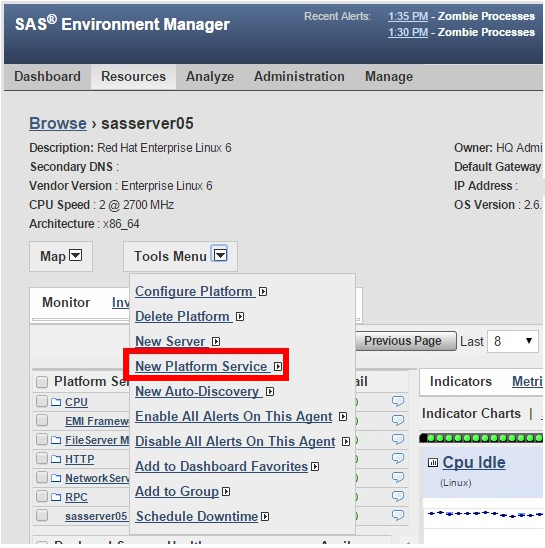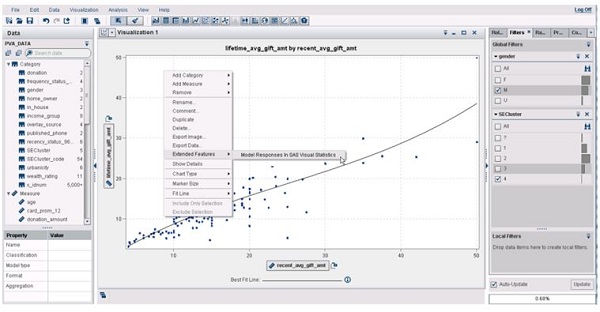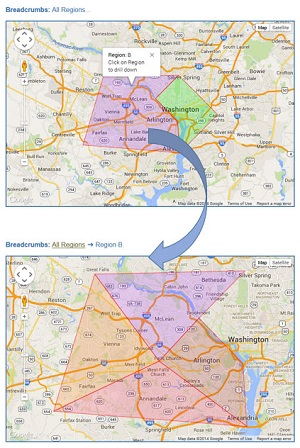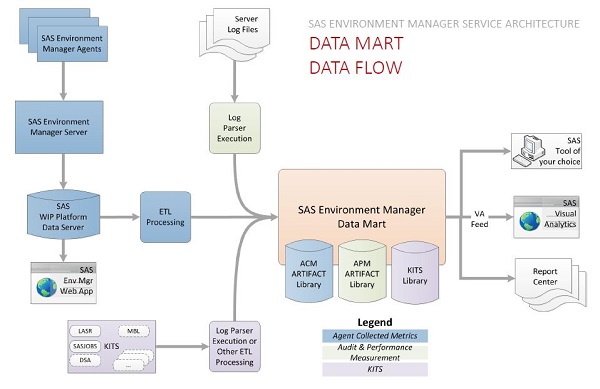
If you haven’t tried them for your web applications and other graphics needs, you’ll want to read further! Scalable Vector Graphics (SVG) output is vector graphics output you can display with most (if not all) modern web browsers. Because SVG graphic output is scalable, you can zoom in on the

















